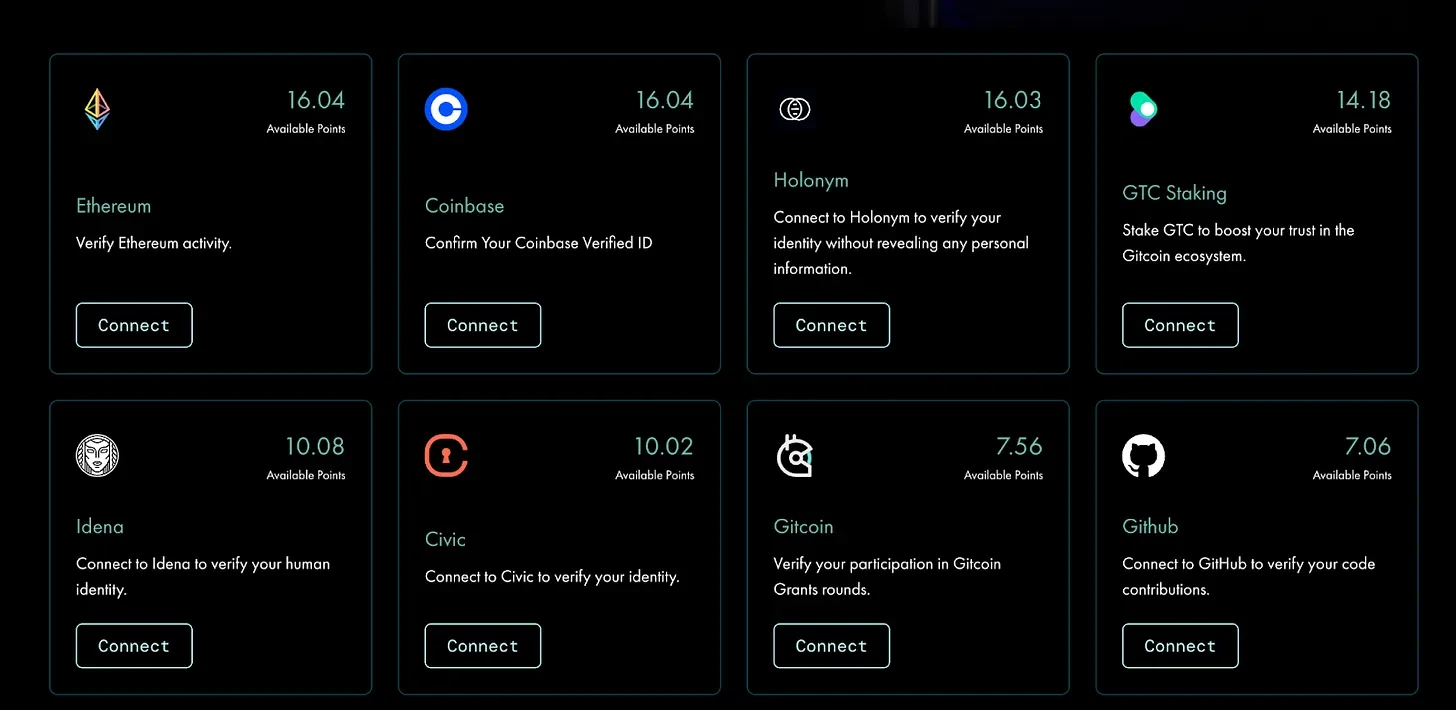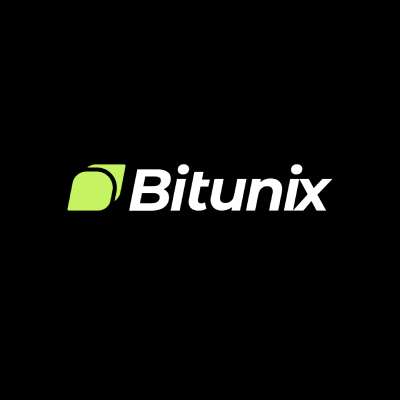Identité décentralisée : la réputation sur la chaîne peut-elle devenir une ancre de confiance ?
Auteur original : FRANCESCO
Traduction originale : TechFlow

Il y a eu beaucoup de discussions à propos réputation sur la chaîne ces dernières années. Depuis 2017, plusieurs projets ont tenté de résoudre ce problème problème , visant à permettre aux utilisateurs de la chaîne de comprendre à qui ils ont affaire grâce à une couche de réputation. Aujourd'hui, cela semble être plus important que jamais, avec divers projets SocialFi et des célébrités lançant fréquemment des soi-disant shitcoins. Cet article présente le concept de réputation sur la chaîne et son importance, en se concentrant sur les projets qui étudient ce domaine, tels que Debank et Ethos Network.
Réputation sur la chaîne
La réputation en chaîne répond à une question simple :Comment évaluons-nous la fiabilité des personnes avec lesquelles nous interagissons dans un système décentralisé ?
Dans les systèmes centralisés, un tiers assure généralement cette réputation (par exemple, score de crédit, notice rouge d'Interpol, compte bancaire).
Existe-t-il un moyen de reproduire ce type de garantie de réputation dans un système distribué ?
Ces efforts ne se limitent pas à un seul protocole, mais innovent dans tous les domaines. Pour être applicables, ces systèmes de réputation doivent transcender un seul protocole et créer un ensemble unique de normes qui peuvent être reconnues sur les plateformes Web2 et Web3, établissant ainsi un cadre commun pour la réputation inter-chaînes.
Toute tentative de ne pas devenir la nouvelle norme rendrait le processus dénué de sens.
Selon a16z, « pour démocratiser l'identité décentralisée, nous devons d'abord construire des systèmes qui cartographient les expériences hors chaîne et les associations pertinentes des personnes sur la chaîne », puis « nous devons construire des mécanismes pour standardiser, traiter et hiérarchiser les flux de données qui seront ajoutés à la chaîne » et « relever les défis inhérents à l'identité décentralisée, y compris le manque de contexte pour les enregistrements sur la chaîne et les problèmes d'accès au réseau décentralisé ».
Actuellement, même les explorateurs de blocs n'enregistrent que des entrées très basiques Sans le contexte supplémentaire d’une transaction, il sera plus difficile de la cartographier et d’attribuer un score de réputation.
Par exemple, un NFT reçu dans le cadre d’un échange devrait avoir un poids différent d’un NFT reçu pour une contribution communautaire exceptionnelle à un projet.
De plus, en crypto, La réputation se présente sous de nombreuses formes , tels que la confiance du protocole, les cotes de crédit des prêts et les antécédents des fondateurs du projet.
Ce n’est qu’une fois tous ces facteurs pris en compte que le système devient applicable à de nombreux cas d’utilisation, prise en compte de la réputation en chaîne dans les « activités hors ligne » en fonction de la nature interrogeable publiquement des identités décentralisées.
Trois étapes :
-
Enregistrement des données sur la chaîne
-
Cartographier et interpréter les données
-
Convertir en score de réputation
Une réputation véritablement standardisée
Dans leur Demande de constructeurs , l'équipe Base a expliqué comment elle considère la réputation sur la chaîne comme fondamentale pour le succès. Ils comparent « on-chain » au prochain « en ligne », la réputation jouant un rôle majeur dans chaque compte on-chain.
Dans ce contexte, un « protocole de réputation » pourrait créer davantage de confiance sur la chaîne. Ils émettent l’hypothèse que cela pourrait être similaire à FICO (le nom le plus connu pour les scores de crédit) ou les scores Google Page Rank.
Les portefeuilles peuvent mettre en œuvre ces normes comme mécanisme de prévention de la fraude, en avertissant des adresses à risque. Nous avons déjà vu Rabby prendre l'initiative d'introduire des avertissements concernant de nouveaux contrats ou des jetons frauduleux.
D’autres sociétés d’analyse de blockchain telles que Chainalysis, qui se base sur le comportement en chaîne, et DeBank, qui a créé le DeBank Credit Score.
Le score de crédit est une « mesure complète de l’authenticité, de l’activité et de la valeur d’un utilisateur ». Des scores plus élevés signifient plus d'activité et d'authenticité de l'utilisateur , mais dans son état actuel, le score de crédit de DeBank ne sert pas de proxy pour la réputation.

De plus, nous pouvons constater qu’une grande attention a été accordée à l’importance de la vérification formelle de l’identité, qui reste un sujet controversé dans l’espace crypto.
Un exemple de mécanisme de réputation réussi est Passeport Gitcoin Gitcoin Passport se présente comme une « application d’agrégation d’authentification ».
Tout comme un passeport ordinaire, les utilisateurs peuvent collecter des tampons en vérifiant leur activité antérieure ou en effectuant des tâches et des vérifications auprès de différents validateurs Web2 et Web3 :
-
Holonyme (KYC)
-
Civique (biométrique)
-
Google et LinkedIn (Web2)
-
Guilde et Snapshot (Web3)
Ces phoques augmentent le score humain par défaut , qui est un indicateur de fiabilité attribué à chaque utilisateur. Des scores humains plus élevés offrent plus d'opportunités, avec un minimum de 20 points requis pour être considéré comme humain.
Voici quelques exemples de timbres pouvant être collectionnés :

L’avantage de Passport est qu’il préserve la confidentialité des utilisateurs, grâce à une approche à connaissance nulle qui « crée un justificatif vérifiable prouvant qu’un utilisateur a effectué une activité spécifique, mais sans collecter aucune information personnellement identifiable ».
Une autre tentative intéressante visant à créer des « preuves vérifiables et prouvables » est menée par le réseau Ethos.
Ethos développe une plateforme de crédibilité qui est intégré dans l’écosystème plus large, pas seulement une seule dApp. La plateforme peut être intégrée aux interfaces existantes (plugins Chrome, snaps Metamask) et aux dApps.

Le modèle de ce nouveau consensus social est similaire à la preuve d’enjeu, les utilisateurs agissant comme des « validateurs sociaux ».
-
Les utilisateurs peuvent jalonner des personnes, indiquant qu'ils leur font confiance
-
Les mauvais acteurs peuvent être éliminés
-
Les fournisseurs de consensus social peuvent recevoir des récompenses
Ethos introduit des récompenses et des pénalités financières pour garantir :
-
La réputation est protégée par la sécurité financière, et il devient coûteux de falsifier la réputation
-
La réputation a de la valeur
-
Il est plus facile d'observer les interactions sociales
Dans le même temps, il faut trouver un équilibre : la réputation ne peut pas être simplement achetée.
Sur le réseau Ethos, les utilisateurs pourront :
-
Révision : Développer une réputation au-delà de la simple fourniture de garanties financières
-
Bonding : Similaire au staking, les utilisateurs peuvent poster leur ETH sur d'autres et gagner du rendement en ETH de staking. La personne avec laquelle vous vous liez recevra 10% du rendement pour inciter les validateurs et les références.
-
Slashing : si les validateurs se comportent mal, ceux qui ont misé de l'ETH sur eux peuvent faire des propositions de slashing pour supprimer jusqu'à 10% de l'ETH misé du contrevenant du contrat Ethos. Ceux qui font des propositions de slashing rejetées sont pénalisés.
-
Preuve : reflète l'autorité, la réputation et l'influence d'autres sources
Tous ces mécanismes seront convertis en un score de crédibilité unique.
Bien que moins axé sur la réputation sur la chaîne, d'autres nominations notables dans ce domaine incluent :
-
Worldcoin : Ce géant géré par une entreprise promet de scanner votre iris et de larguer par avion des jetons WLD pour vous éviter tout désagrément.
On peut débattre de la question de savoir si leur objectif est noble ou utopique. Néanmoins, ils ont réussi à prouver l'existence d'un humain grâce à la numérisation biométrique de l'iris de l'utilisateur. Si cette approche ouvre de nouvelles perspectives en matière de risques, elle constitue une expérience passionnante.
-
ENS : Convertit les adresses cryptographiques en noms lisibles par l'homme, facilitant ainsi la « messagerie en chaîne »
Il y a encore un long chemin à parcourir
Développer un système de réputation en chaîne véritablement standardisé et universel sera un chemin long et sombre comportant de nombreux défis.
-
Solutions centralisées :Le principal défi est de garantir que tous ces systèmes soient véritablement décentralisés et non contrôlés par un parti centralisé, comme Worldcoin ou Gitcoin Passport.
-
Comment pouvons-nous obtenir une réputation sur la chaîne de manière décentralisée ? Tout ce qui ne correspond pas à cela fera perdre à l'ensemble du système son élément de manque de confiance.
-
La réputation des crypto-monnaies peut être manipulée/achetée
-
La vie privée doit être protégée
-
Doit aller au-delà d'une seule pièce jointe de portefeuille et avoir une applicabilité universelle
Cette mise en œuvre sera un effort conjoint de tous les participants, portefeuilles, explorateurs de blocs, dApps et du réseau.
Vision avec des cas d'utilisation réels
Quelle est la vision ultime de la réputation sur la chaîne ?
Voici quelques exemples et situations réelles dans lesquelles l’identité en chaîne peut être utile :
-
CV ouverts :Tout le monde peut évaluer la réputation des autres participants en attribuant un score de réputation unique à chaque utilisateur. De plus, chaque article, contribution ou participation à la communauté sera enregistré et pourra être utilisé comme preuve de réputation.
-
Jetons de célébrité :Les jetons de célébrités devenant une nouvelle tendance, les données sur ces émissions peuvent être utilisées pour déterminer le profil de confiance de chaque célébrité. Nous avons vu beaucoup d'entre elles commettre des escroqueries en série. Ce problème peut être partiellement résolu par une évaluation rapide des risques, montrant que les utilisateurs doivent être prudents avec ces jetons.
-
Développeurs de mèmes :C'est la période de pointe pour les développeurs de memes. Cependant, beaucoup abusent de ce pouvoir pour effectuer des opérations de dumping ou même des escroqueries pures et simples. Nous avons vu certaines personnalités agir comme des développeurs de memes en série, escroquant à plusieurs reprises. Identifier les déployeurs de tokens comme d'anciens escrocs est très utile pour évaluer les risques des utilisateurs.
-
Dumping de KOL :Une grande partie du crypto Twitter est constituée de KOL qui vendent leurs produits tout en abandonnant leurs abonnés. Imaginez si vous pouviez classer la réputation de vos KOL préférés, ou simplement savoir qui sont les véritables dumpers et les escrocs.
-
Programmes de fidélité :Le développement de systèmes de réputation en chaîne permettra aux dApps d'avoir des informations plus approfondies sur les interactions des utilisateurs, en créant des programmes personnalisés spécifiquement pour les interactions de haute qualité, offrant des récompenses de grande valeur au protocole.
Autres outils de réputation existants
Outre ce qui précède, il existe déjà divers outils qui contribuent à promouvoir la confiance et la responsabilité.
Création et suivi de la réputation
-
Collab.Land : il s'agit d'un robot de contrôle NFT qui vérifie la propriété et les contributions DAO.
-
Karma : Visibilité des contributions DAO
-
PNTHN : Suivi de la réputation des membres de la DAO
-
SOURC 3 : Plateforme de gestion de la réputation en chaîne
Vérification de la réputation et de l'identité
-
Pentacle : Aider les utilisateurs à naviguer dans le protocole
-
ONT ID : Un cadre pour les identifiants décentralisés et les informations d'identification vérifiables
-
Krebit : les utilisateurs peuvent prouver leur identité sans révéler leur identité, protégeant ainsi leur vie privée
-
Protocole Orange : un système de réputation multi-chaînes comme justificatifs vérifiables
-
OutDID : Preuves ZK pour la vérification d'identité privée
Réputation et gouvernance
-
Metopia : Un système de réputation pour la gouvernance
-
Astraly : Plateforme de distribution de jetons basée sur la réputation et la réputation sur la chaîne
-
Spect : un outil sans code qui aide les contributeurs DAO à créer des DAO enfants
-
SourceCred : Aide à motiver les contributeurs et récompense une participation de haute qualité
Cet article provient d’Internet : Identité décentralisée : la réputation sur la chaîne peut-elle devenir une ancre de confiance ?
En lien : TOX : Le code d'évolution de l'écosystème Web3 d'INTO
Lorsque l’on parle du Web3, on évoque toujours des mots-clés tels que décentralisation, autonomie et consensus. Mais derrière ces grands récits, on oublie souvent une question plus fondamentale : qu’est-ce qui motive l’évolution continue de l’écosystème Web3 ? La réponse se cache peut-être dans ces chaînes de code et ces tokens. C’est précisément avec le puissant outil du Token que l’écosystème Web3 peut briser les barrières de la centralisation et libérer le pouvoir de la sagesse collective. Dans cette vigoureuse révolution du Token, le token natif de l’écosystème INTO, TOX, est devenu l’une des nouvelles étoiles les plus éblouissantes avec sa philosophie de conception unique et sa pratique innovante. Gouvernance, collaboration et consensus : la logique de l’écosystème Web3 d’INTO Dans le monde du Web3, toutes les contributions précieuses peuvent être tokenisées. De la création de contenu à la gestion des ressources…







